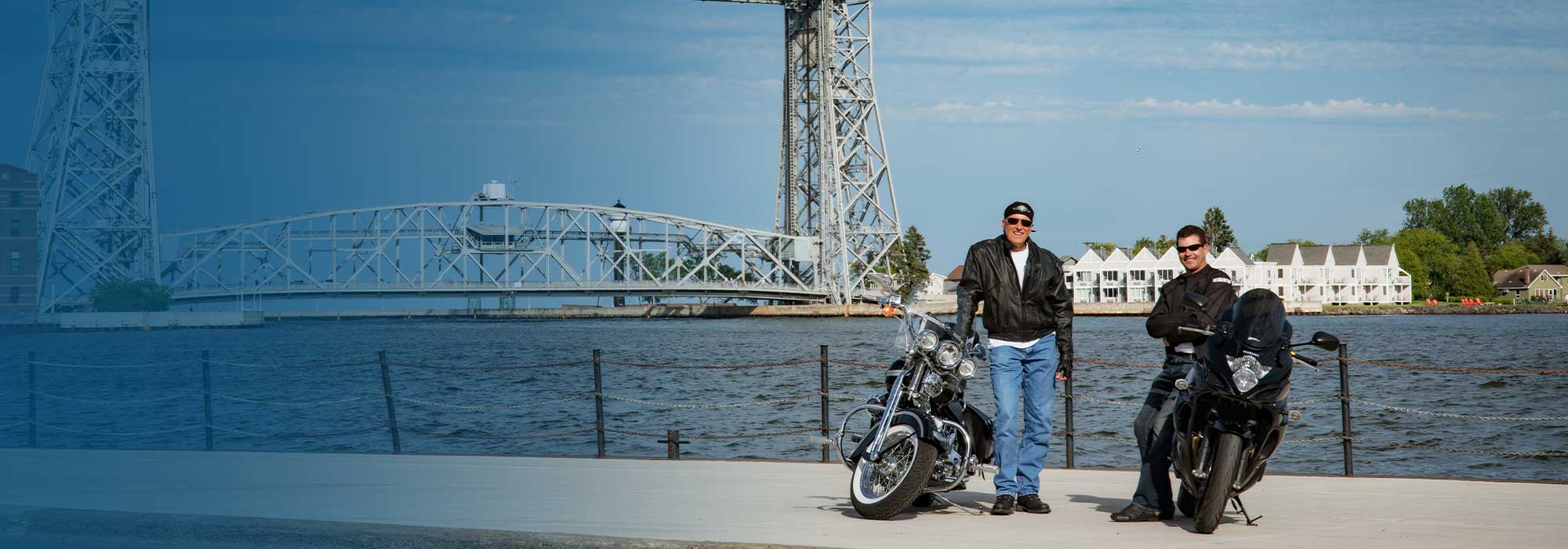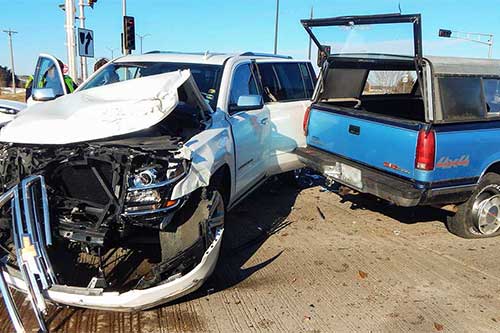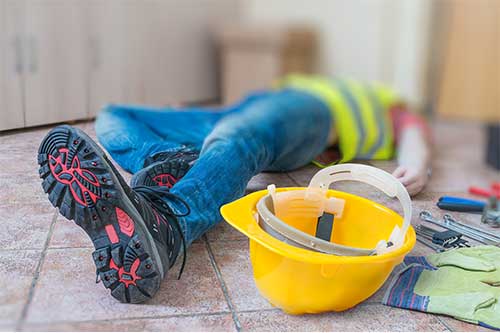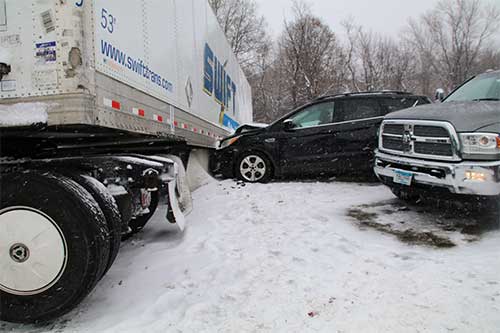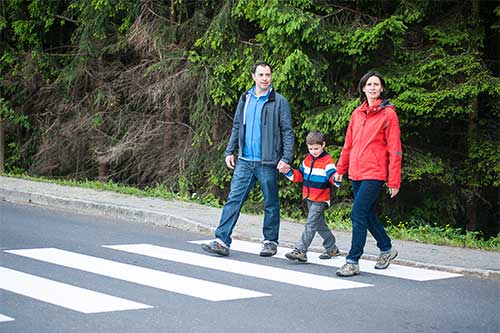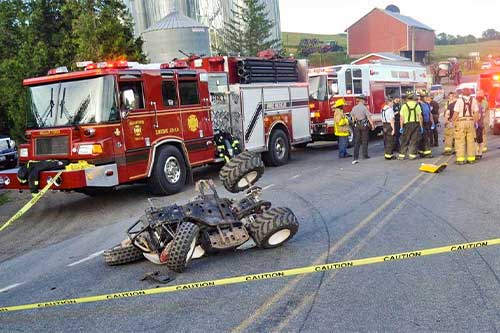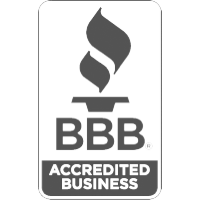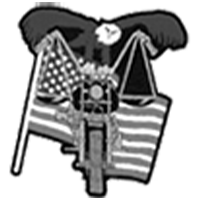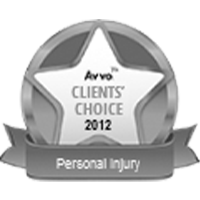5 Reasons to Work With a Personal Injury Attorney After an Accident
When you’re dealing with the physical and emotional aftermath of an injury, the last thing you want to worry about is navigating complex insurance and legal systems.
That’s where an experienced attorney comes in. You should consider hiring a personal injury attorney if:
- You’ve sustained a serious injury that wasn’t your fault
- It’s unclear who is responsible for the accident, or the other driver denies responsibility
- The accident may result in a permanent or long-term injury
- Your insurance provider is not covering all of your medical costs
- The insurance companies are pressuring you to settle within 6 months
While you focus on healing, your personal injury attorney will work toward getting you the compensation you deserve.
5 benefits of hiring an experienced personal injury attorney
From auto and motorcycle crashes to wrecks involving semi trucks/trailers and workers’ compensation cases (and everything in between), hiring an experienced personal injury attorney to navigate your legal case has several benefits.
Legal expertise isn’t the only thing to look for in an attorney. You’ll also want to be sure you’re working with an attorney who is caring, compassionate, and advocates for your best interests—someone who has “insider” experience from being an insurance claims adjuster and insurance company attorney.
That’s where Schroeder & Mandel comes in, providing you with:
1. Familiarity with the legal system
Every legal matter is different—personal injury cases are no exception. Plus, keep in mind that the person or entity who caused your injuries will have their own legal representation.
Working with an attorney who knows the ins and outs of the insurance and legal system (and has prior “insider” experience as an insurance claims adjustor and insurance company attorney) increases the likelihood of receiving more compensation than with an attorney who doesn’t have this prior “insider” experience.
“As a lawyer myself, I knew it was important to get the right lawyer to help me through the maze of insurance forms, medical reports, and second opinions. Obtaining the compensation needed for my future medical expenses and wage loss required a committed tenacious advocate.” –C.B.
2. Negotiation with insurance companies on your behalf
Communicating with insurance companies can be complicated enough as it is. Add a personal injury claim into the mix, and you realize insurance claims adjusters are trying to get you to take a quick, cheap settlement.
An experienced personal injury attorney with “insider” experience with the insurance industry knows how to present your case to insurance companies in the best possible light. As a prior claims adjustor and insurance company attorney, we have “insider” knowledge that we can provide to you and your case to get the best possible outcome.
“S&M got me twice their initial offer, meaning that even after I paid for their services… I still received thousands of dollars more than I would have if I worked with the insurance company on my own.” –J.
3. A thorough investigation of your case
Sometimes, it’s clear who is at fault in an accident—a drunk driver, for example. Other times, who is at fault may be an issue. Or the insurance claims adjuster may try to put a percentage of fault on you and try to tell you that is the law.
For example, an employer may be held responsible for a lack of proper training or supervision, the owner of a vehicle may be responsible for a reckless driver’s actions while driving, or a business may be responsible for negligent maintenance and unsafe conditions.
There are countless scenarios like these, so working with an experienced attorney who has the tools and knowledge to investigate your case thoroughly early on is critical. Waiting will only cause more problems and may be detrimental to your case.
“They fought for the absolute best outcome for me to cover all the car accident bills. They were very kind and extremely thorough. I highly recommend S&M” C.B.
4. Maximum compensation
An experienced personal injury attorney with “insider” insurance company experience will be able to obtain compensation for you that you may not have even considered, including:
- Lost wages due to missing time from work
- Getting your health insurance to cover your medical bills
- Compensation when you aren’t able to perform your daily household chores
- Possible punitive damages against a drunk driver
- Future medical bills as a result of your injury
“Thanks again for you and your team’s work on this. I added it up, and your office has helped me obtain $30,000 between medical and damages. That’s a lot more than I would have gotten had I just given up and not fought the system. So, thank you!” –B.B.
5. Peace of mind
When you experience an injury after an accident, your primary focus should be on healing—both physically and emotionally. Managing medical treatments and dealing with the emotional aftermath can take enough of a toll on their own; when you hire an experienced and compassionate personal injury attorney with “insider” experience, you can rest assured that your personal injury case is being handled with your best interest in mind.
“It does not feel like an exaggeration to say that Rick and his firm saved my life. While I knew I was entitled to more than what the insurance agencies were offering me, I had no idea of the extent of it. Rick and his team fought tirelessly for me for years. All the while, they kept me informed and gave me the best advice. I couldn’t be happier with the outcome, and I owe that all to them!” – K.S.
Work with Minnesota’s experienced, compassionate personal injury and auto accident attorneys.
Have you or a loved one recently been injured after an accident but are unsure whether your case warrants an attorney? At Schroeder & Mandel, personal injury attorneys Rick Schroeder and Gabe Johnson and their team are here to fight for your best interests so you can get the compensation you deserve.
Contact our compassionate team today for a FREE consultation so you can learn more about how Schroeder & Mandel can help you.





